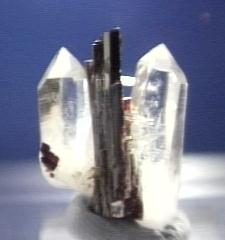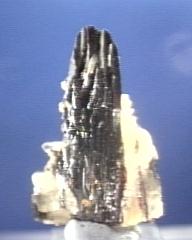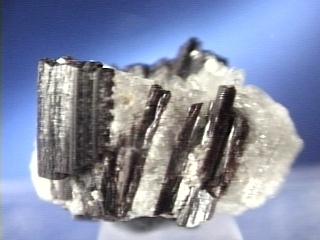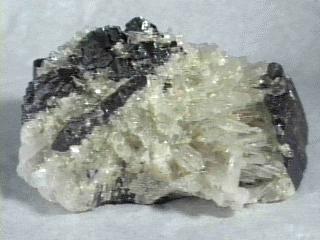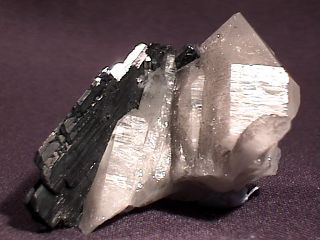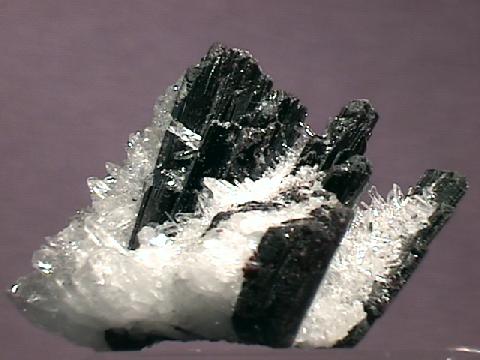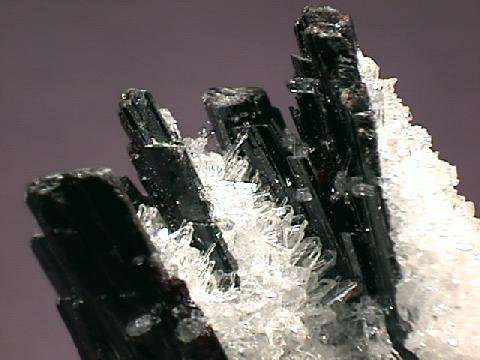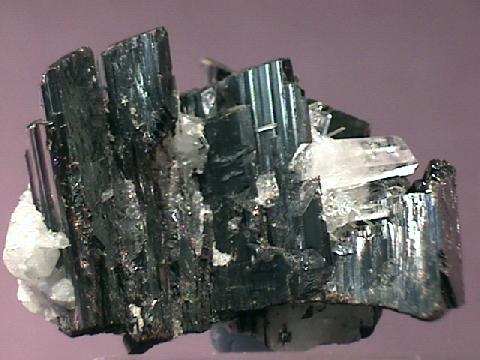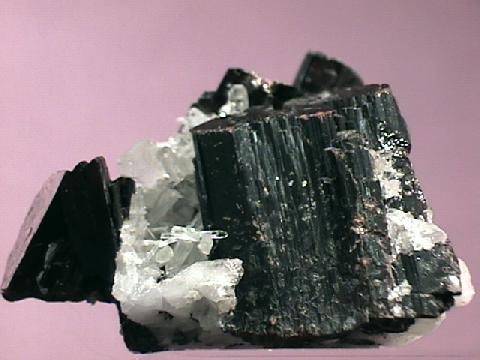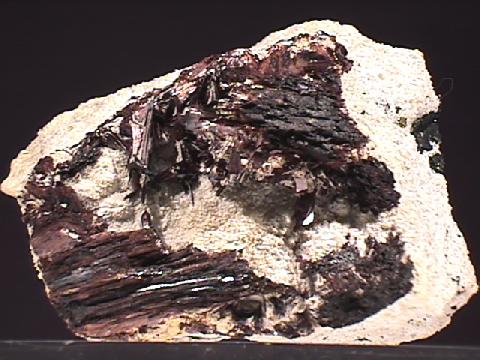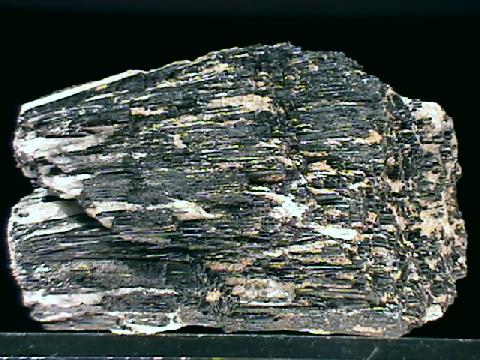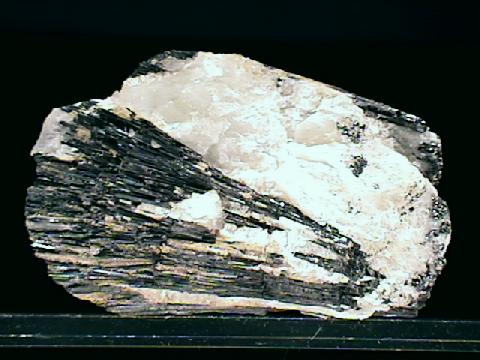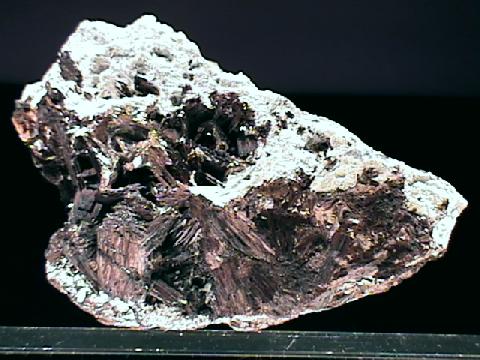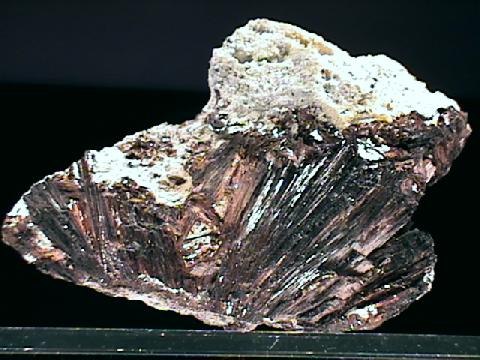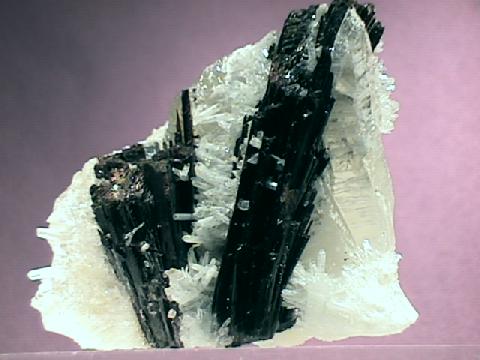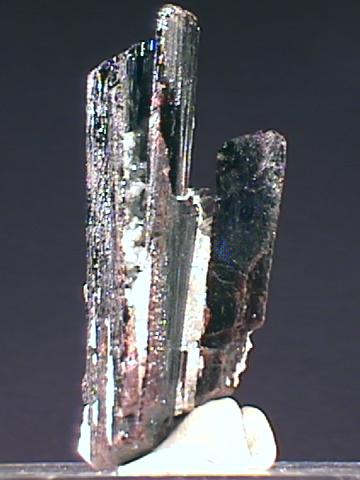 HUBNERITE
HUBNERITE
- Chemistry: MnWO4, Manganese tungstate
- Class: Sulfates
- Subclass: Tungstates
- Uses: a minor ore of tungsten (an important industrial element) and as a mineral specimen.
Specimens
Hubnerite can make a valuable and attractive specimen when associated with clear quartz clusters.
PHYSICAL CHARACTERISTICS:
- Color is yellow to reddish brown.
- Luster is resinous.
- Transparency crystals are transparent to translucent.
- Crystal System is monoclinic; 2/m
- Crystal Habits include the flat, heavily modified, tabular crystals. The crystals are elongated along the c axis and are generally flattened in the a axis direction. Also as columnar aggregates and lamellar masses.
- Cleavage is perfect in one direction parallel to the a and c axes.
- Fracture is uneven.
- Hardness is 4 - 4.5.
- Specific Gravity is approximately 7.0 (heavy even for metallic minerals)
- Streak is brown or gray.
- Associated Minerals are quartz, hematite, tourmalines, cassiterite, micas and pyrite.
- Other Characteristics: crystals striated lengthwise.
- Notable Occurrences include Nanling Range, China; France; North Carolina, Idaho and Colorado, USA; Russia; Peru; England and Bolivia.
- Best Field Indicators are crystal habit, color, density, luster and cleavage.

